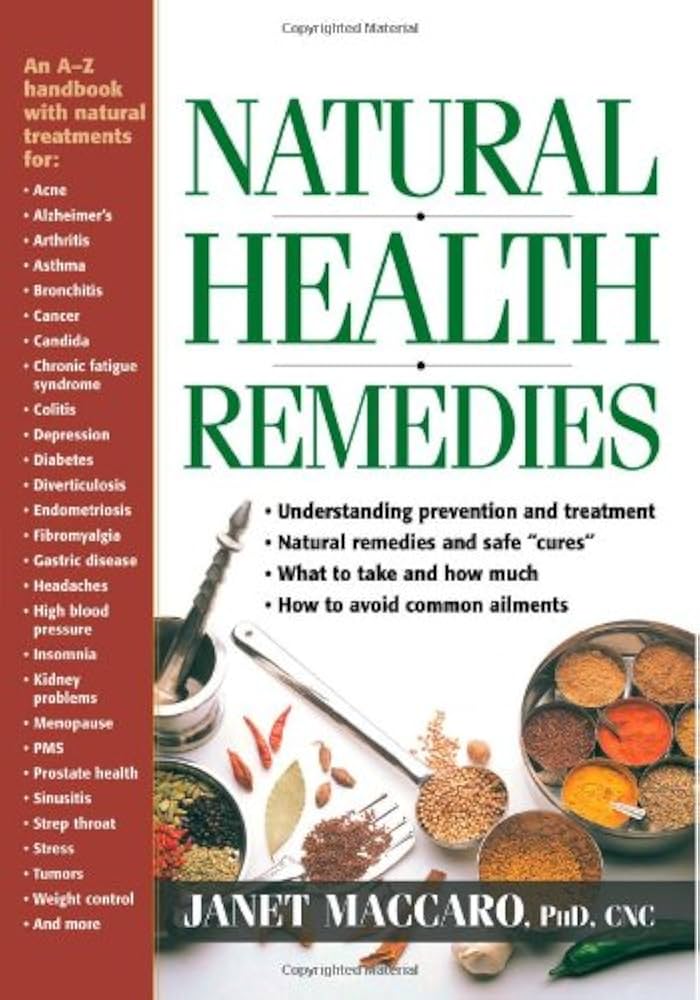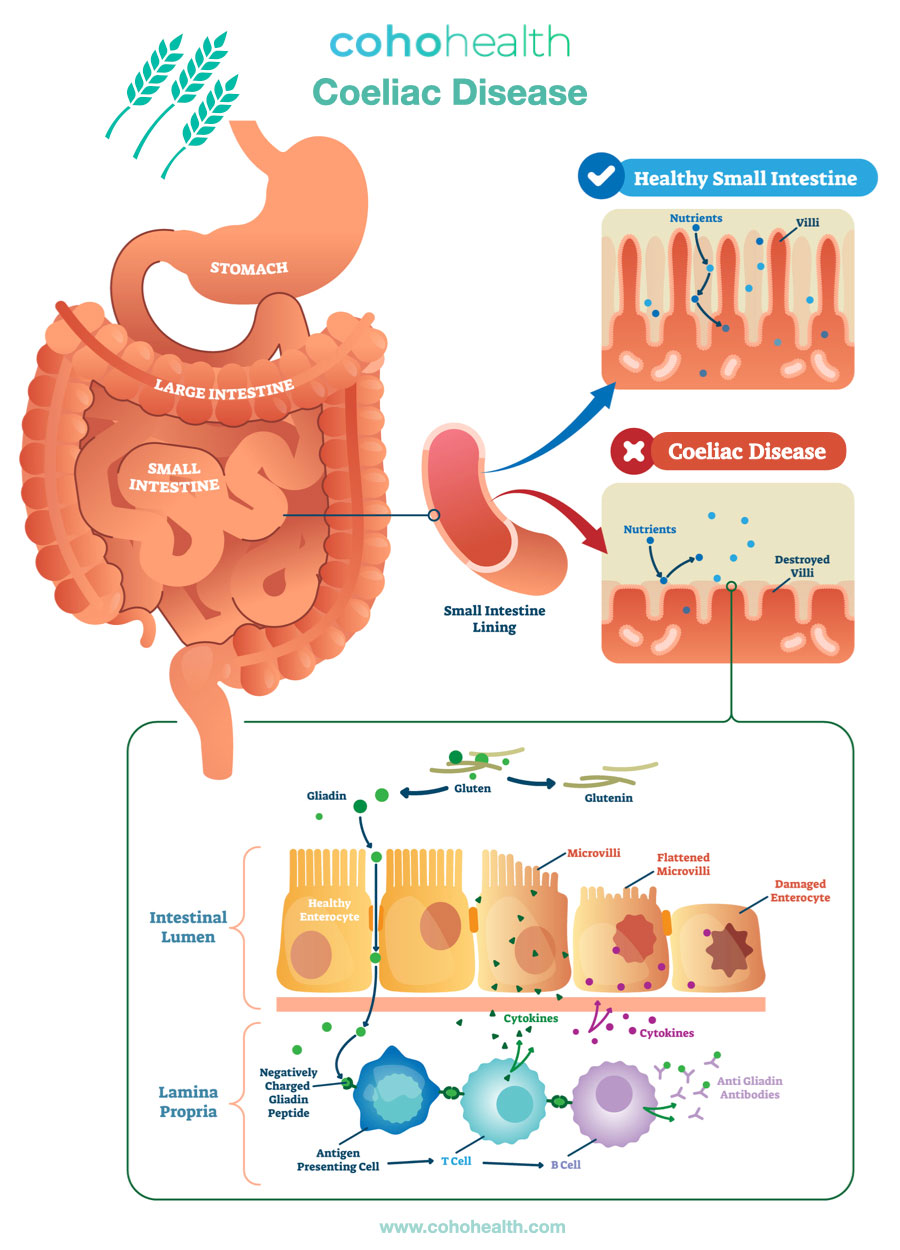Examples of Complementary and Alternative Medicine (CAM)
In recent years, the term “Complementary and Alternative Medicine” (CAM) has gained significant attention worldwide. With the increasing awareness of the limitations of conventional medicine, people are turning to alternative approaches to maintain health and well-being. In this article, we will explore various examples of CAM, examining their benefits, potential risks, and areas where they can complement traditional healthcare.
Holistic Therapies
Holistic therapies focus on treating the whole individual – body, mind, and spirit. These practices often overlap with Eastern philosophies, emphasizing balance and harmony within.
Ayurvedic Medicine
Ayurvedic medicine is an ancient Indian system that views health as a result of physical, mental, and spiritual imbalances. Practitioners use natural remedies like herbs, spices, and essential oils to restore equilibrium. Ayurvedic treatments include massage therapy, yoga, and meditation.
Acupuncture
Acupuncture is an ancient Chinese practice that involves inserting thin needles into specific points on the body. This technique aims to stimulate energy flow (qi) and promote healing by addressing physical and emotional imbalances.
Natural Remedies
Natural remedies often involve using plants, herbs, or other substances to prevent or treat illnesses. These approaches can be used in conjunction with conventional medicine or as standalone treatments.
Herbalism
Herbalism is the practice of using plant-based remedies to promote health and wellness. Herbalists may use teas, tinctures, capsules, or topical applications to treat a range of conditions, from stress and anxiety to digestive issues and skin problems.
Biofeedback Therapy
Biofeedback therapy involves using sensors to monitor bodily functions like heart rate, blood pressure, or brain activity. By becoming aware of these physiological responses, individuals can learn to control and regulate their body’s natural rhythms, promoting relaxation and stress relief.
Mind-Body Techniques
Mind-body techniques focus on the interconnection between mental and physical states. These practices can be used for both preventative care and treatment of various health issues.
Yoga and Meditation
Yoga and meditation are ancient practices that aim to harmonize the body, mind, and spirit. Regular practice can lead to reduced stress levels, improved focus, and enhanced overall well-being.
Mindfulness-Based Stress Reduction (MBSR)
MBSR is a program developed by Dr. Jon Kabat-Zinn that combines mindfulness meditation with physical activity and relaxation techniques. This approach has been shown to effectively manage chronic pain, anxiety, and depression.
Energetic Therapies
Energetic therapies focus on the flow of energy within the body. These practices aim to balance and harmonize the body’s natural rhythms, promoting healing and well-being.
Reiki
Reiki is a Japanese technique that involves channeling universal life force energy into the body. Practitioners use this energy to promote relaxation, reduce stress, and enhance overall health.
Chiropractic Care
Chiropractic care focuses on the diagnosis and treatment of musculoskeletal disorders, particularly those affecting the spine. Chiropractors use spinal manipulation, massage therapy, and other techniques to restore proper alignment and promote healing.
In conclusion, Complementary and Alternative Medicine (CAM) offers a wide range of approaches that can complement traditional healthcare. By exploring these examples of CAM, individuals can gain a deeper understanding of the benefits, potential risks, and areas where they can be used in conjunction with conventional medicine. Remember to always consult with a qualified healthcare professional before incorporating any new therapies or remedies into your treatment plan.


